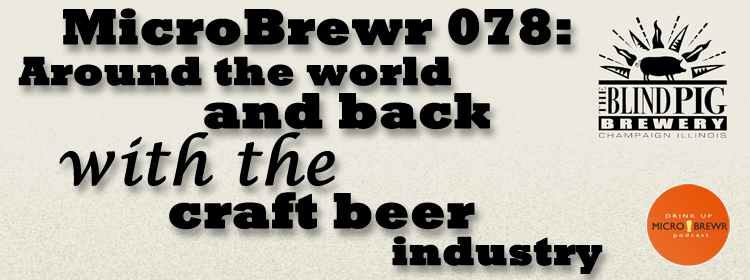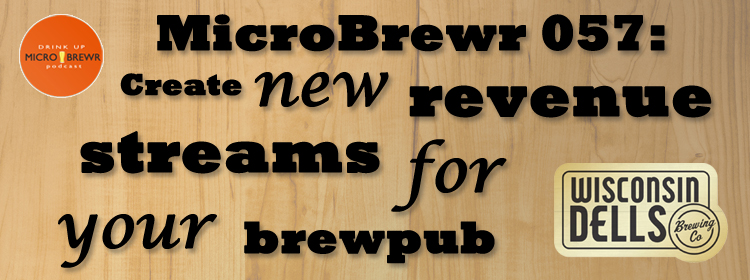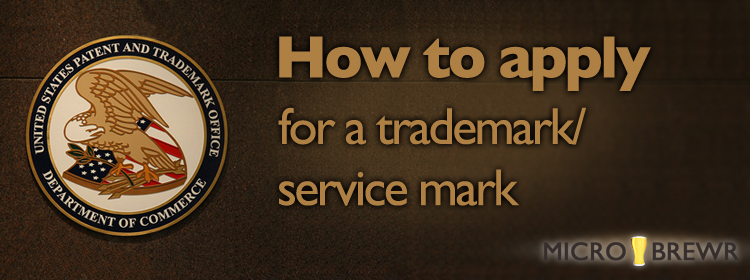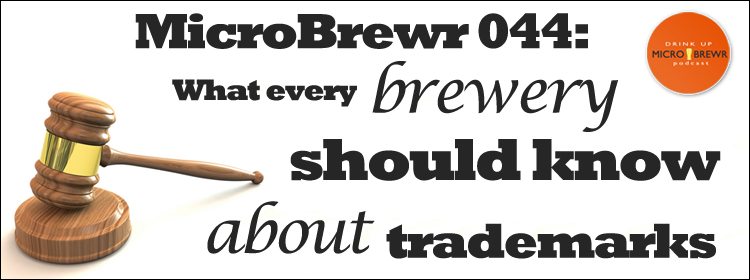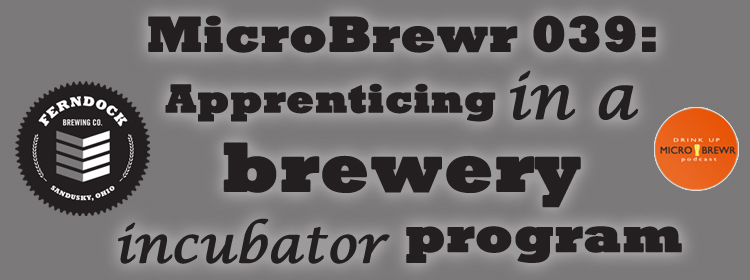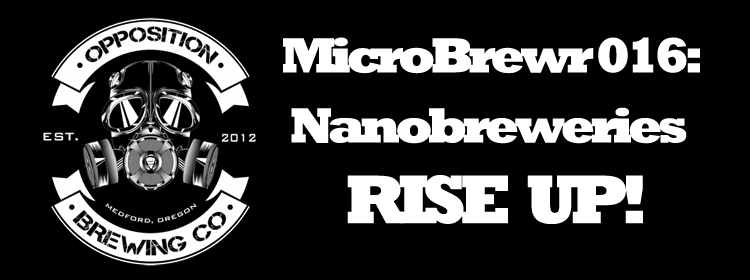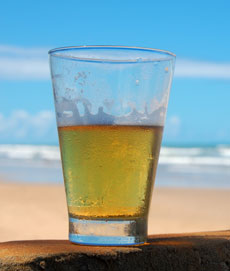MicroBrewr 078: Around the world and back with the craft beer industry
Podcast: Play in new window | Download | Embed
Subscribe: RSS
Bill Morgan has brewed on 2-BBL systems all the way up to 250-BBL systems. Craft brewing has taken him around the world and back. Now he’s gone full-circle, brewing on 4-BBL system and loving the flexibility it provides at The Blind Pig Brewery in Champaign, Illinois.
“Is it really craft beer if it’s available in all 50 states?” [Tweet This]
After graduating with a degree in Biology, Bill used his left over student loan money to attend brewing school at Seibel Institute of Technology.
Within 3 years of graduating from Seibel, in 1997 he earned a gold medal at the Great American Beer Festival. It was the first gold medal at the GABF for the first intentionally sour beer (in the Belgian Specialty Ale category). The next year, he added fruit to the same beer and earned a silver medal, plus another gold medal for an Imperial Stout.
Eventually Bill was working brewing on a 250-BBL system and managing the quality assurance lab at a production brewery in Japan.
“If you have a large brewhouse like we had,” says Bill, “it’s tough to brew some experimental brews that you’re not even sure is going to come out right. Whereas in the brewpub, who can’t get rid of 10 barrels of some kind of strange beer.”
The Blind Pig Brewery shares similar names with a former brewery in California, a beer from other currently-operating brewery in California, and even a different business around the block from them. It causes confusion for customers and disagreements with other proprietors.
Related: MicroBrewr 044: What every brewery should know about trademarks, MicroBrewr, January 6, 2015.
How to apply for a trademark/service mark, Paul Rovella, MicroBrewr, January 8, 2015.
“You’ve really gotta do your research to find a name that won’t run you right into these kinds of problems,” Bill advises.
“It’s a nightmare and it can be a legal nightmare and you can spend a lot of money getting your brand up and going, only to discover a couple years into it that you have no other recourse but to scratch all that branding and pick something new and start over. So it can be very costly. Even if you don’t have direct legal costs up front—you don’t get sued or have to pay some gigantic fine—it can still be a significant loss just in all of the rebranding and coming up with a new name.”
Brewery specs:
Kettle size: 4 BBL.
Size and quantity of fermentation tanks: 8, 4-BBL unitanks.
Size and quantity of bright tanks: 6, 4-BBL serving/bright tanks.
Annual brewing capacity/last year’s production: Brewed approximately 500 BBL last year, pushing about 600 BBL this year.
Square footage: 100 sq. ft. in brewhouse; 100 sq. ft. in fermentation, serving tanks are tucked behind the bar; seating/bar/toilets/storage; 2,400 sq. ft. in beer garden has 120+ seats, two bars, no kitchen.
Years in operation: 6 years (opened May 2009).
Listener question:
From Austin: Did you do it for the love of beer, or did you have a more specific goal in mind?
Can’t-go-without tool:
Foursevens compact LED flashlight
Book recommendation:
- A Textbook of Brewing by Jean De Clerck.
- Technology Brewing and Malting by Wolfgang Kunze.
Check out the entire list of recommended books, click here.
An upcoming beer style:
Saison
Other resources:
- MicroBrewr 064: How to write a business plan for a brewery, MicroBrewr, May 12, 2015.
- Great taste of the Midwest, beer festival by Madison Homebrewers and Tasters Guild.
You can reach Bill Morgan and The Blind Pig Brewery at:
Sponsors:
“Fast, reliable, affordable, web hosting.”
Support MicroBrewr
Help keep MicroBrewr on the air. CLICK HERE for ways you can help.

